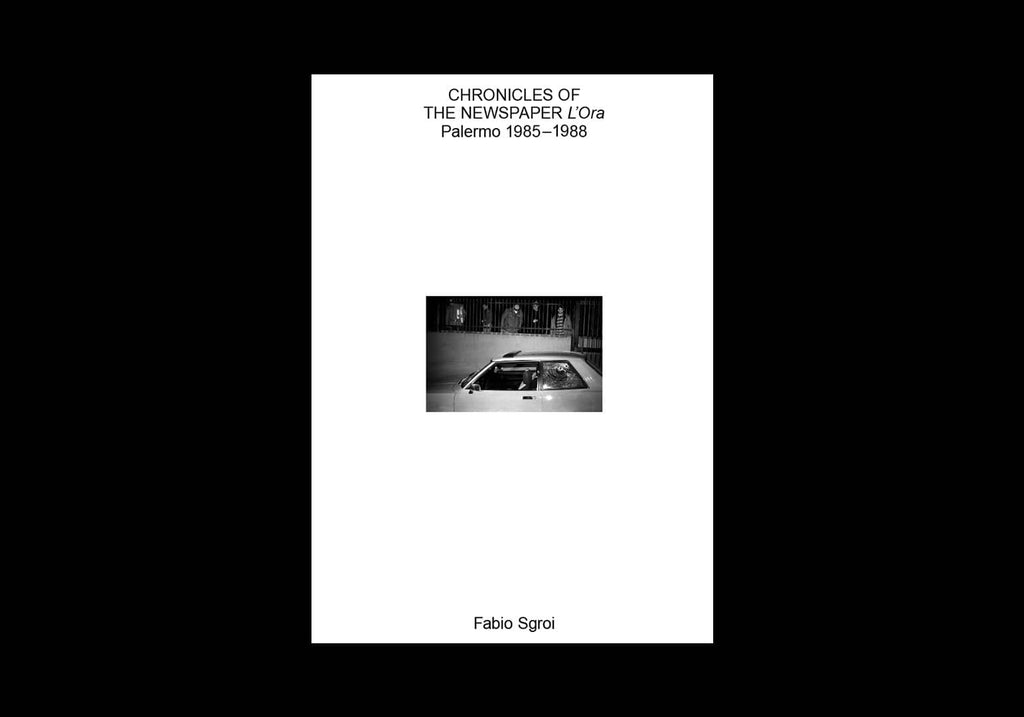
Union Editions
Fabio Sgroi - Chronicles of the Newspaper L’Ora Palermo 1985–1988 (21 x 29,7 cm, 116 Pages, 170 gr Coated Paper, 300 copie.) - NEW
Union Editions
Chronicles of the Newspaper L’Ora
Palermo 1985–1988
21 x 29,7 cm,
116 Pages,
170 gr Coated Paper, Folded.
Edition of 300 Copies
November 2022.
I remember those years as a really bloody historical moment.The atmosphere in the
city was heavy because the murders were no longer contained within mafia circles,
but had begun to extend beyond, to the world of politics and the business community.
To give you an idea: a few years before, early one morning, I was walking to the bus
that I took to go to school when I stumbled across a lifeless body lying face down on
the deserted street. It was the victim of a typical mafia execution.
One evening, something strange happened to me. It was in the middle of the night and
I was giving my girlfriend a ride home on my scooter. While we stood at a traffic light
waiting for it to turn green, a car pulled up. The driver looked at me through the
window and rested a gun on his arm, the barrel pointing towards me. I never
understood whether the gesture was meant to be threatening, but I remember a spectral
atmosphere lingering in the air.
One day, they found the naked body of a man on Lo Sperone beach. It turned out to
be the soccer player Salvatore Marino, killed during an interrogation by officers
from one of Palermo’s rapid response teams and then abandoned on the shore.
One event that shook the whole city was the death of two students hit by Judge Paolo
Borsellino’s escort vehicle: the driver lost control of the car and ran over the
teenagers while they waited at a bus stop.
Then construction began on the bunker-style courthouse at Ucciardone prison,
where the Maxi Trial would take place. The trial shook everything up and led to
the conviction of a great number of mafia members. On that occasion, I was loaned
a camera, a Voigtländer that kept getting jammed, so that with every shot I had to
take off the lens, flip down the mirror, remount the lens and retake the shot. I had to
repeat that procedure for the entire length of the film. The rotary press used to close
around midday and because the newspaper came out in the afternoon, you had to rush
to the scene to cover the journalists’ articles, then rush to the darkroom to developthe
negatives. Once the negatives were dry, you’d print the photos onto resin-coated
photographic paper, in 13x18cm format, and hand them in to the office, sometimes
still wet.
I was twenty years old when I began collaborating with L’Ora.




